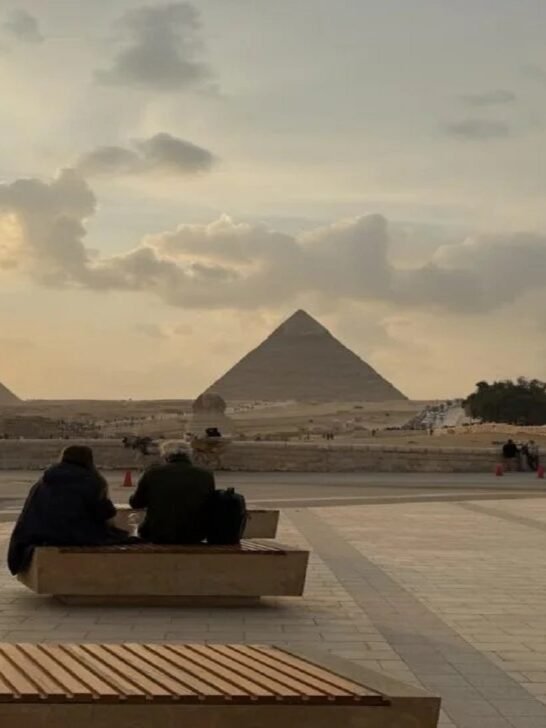The Pyramids of Giza and the Great Sphinx are some of the most iconic monuments in the world. Situated on the outskirts of Cairo, Egypt, these ancient wonders continue to captivate the imaginations of travelers and history enthusiasts alike. Whether you're a first-time visitor or a seasoned explorer, visiting these magnificent structures requires some planning to ensure a smooth and enriching experience. Here’s a professional guide to help you make the most out of your visit to the Pyramids of Giza and the Sphinx.
Visit the Pyramids of Giza & the Sphinx in Egypt
Table Of Content
This blog contains affiliate links, which means I may earn a commission if you make a purchase through these links, at no additional cost to you.
1. Best Time to Visit
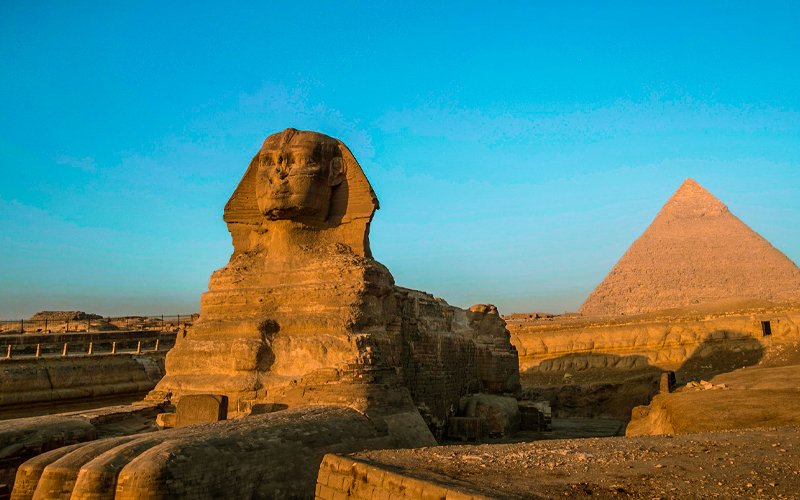
To fully enjoy your visit, timing is essential. The ideal time to visit the Pyramids of Giza is during the cooler months, from October to April. The temperatures during the summer months can be extremely hot, often exceeding 40°C (104°F), which can make walking around uncomfortable and exhausting.
Morning: Arriving early in the morning (around 7:00 AM) ensures that you beat the crowds and avoid the intense midday heat. It’s also the best time for photography, as the light is softer.
Evening: Another great option is visiting in the late afternoon, around 4:00 PM, when the temperature cools down and the monuments are bathed in a golden hue as the sun sets.
2. How to Get There

The Pyramids of Giza are located about 15 kilometers (9 miles) southwest of downtown Cairo. There are several ways to reach the site:
- By Taxi or Ride-Hailing Services: The most convenient way to get to the pyramids is by taking a taxi or using ride-hailing services like Uber or Bolt. A direct ride will take around 30 minutes from central Cairo, depending on traffic.
- By Private Tour: Many tourists opt for guided tours that include transportation. These tours are helpful for first-timers as they provide historical context, skip-the-line access, and personalized itineraries.
- By Public Transport: If you prefer a more economical route, you can take a metro to the Giza station, followed by a short taxi ride to the pyramids.
3. Admission Fees
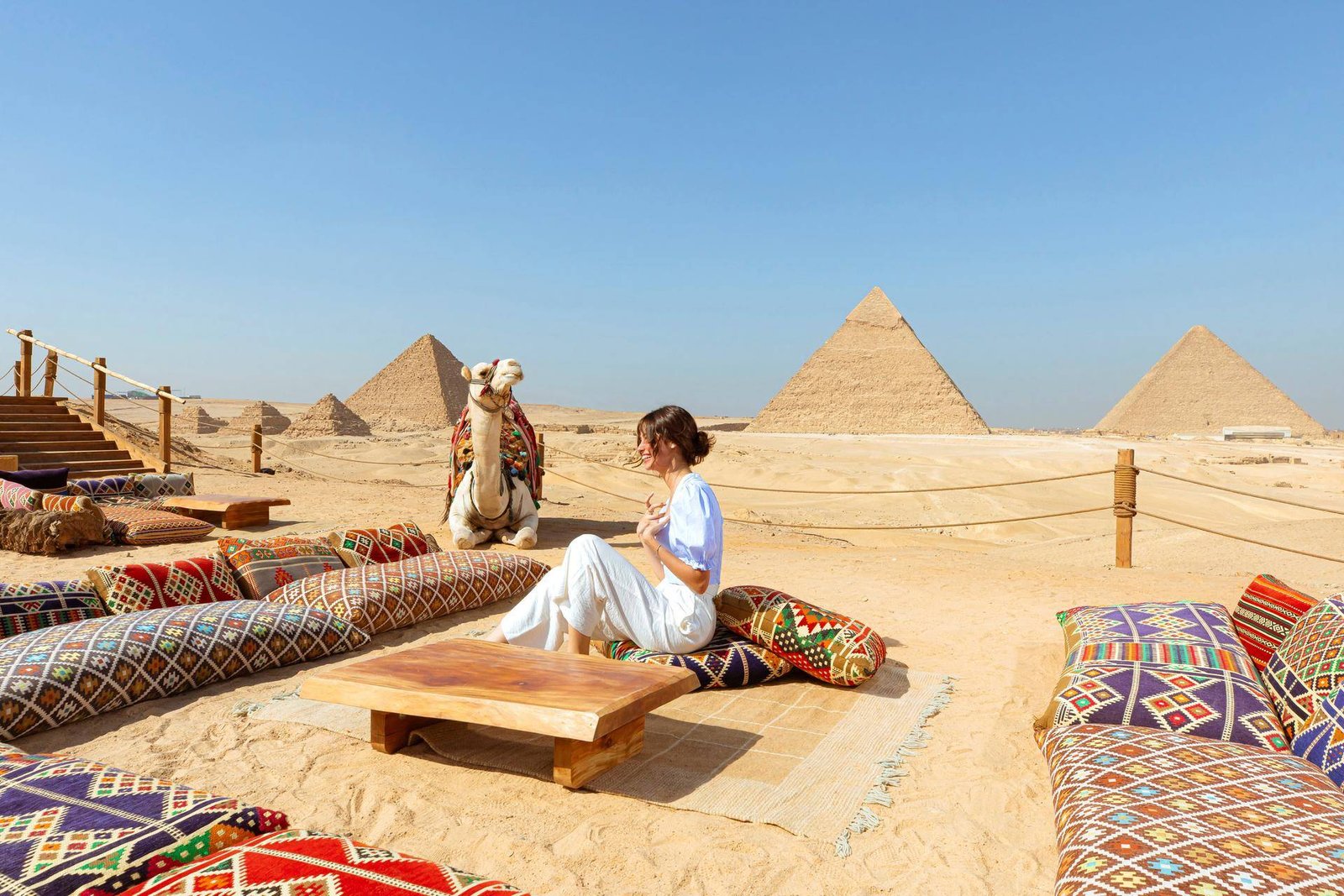
As of the latest update, the entry fees for the Pyramids of Giza vary depending on which attractions you want to access:
- General Admission (Pyramids & Sphinx): Entry to the general area is around 200 EGP (Egyptian Pounds) for foreigners. This ticket allows you to explore the pyramids and the surrounding site.
- Inside the Pyramids: If you wish to enter inside the Great Pyramid of Khufu or the Pyramid of Khafre, additional tickets are required. The fee for entering the Great Pyramid is approximately 400 EGP, and entering the Pyramid of Khafre is around 100 EGP.
- The Solar Boat Museum: This museum, which houses a reconstructed solar boat found near the Great Pyramid, costs about 100 EGP to visit.
Note: Prices can fluctuate, so it’s a good idea to confirm current rates before your trip.
4. What to Wear and Bring
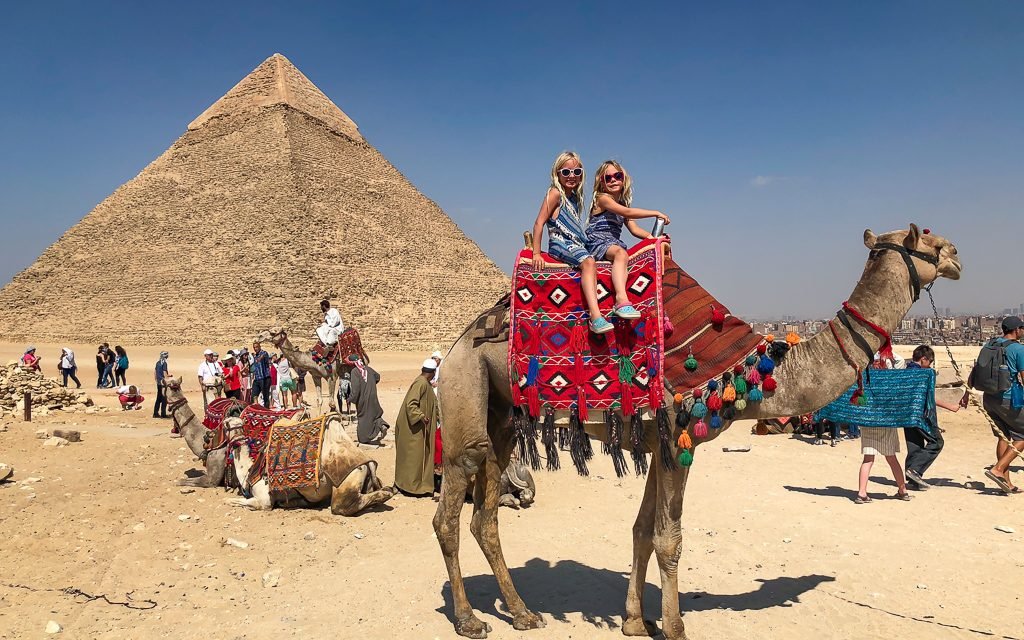
- Comfortable Shoes: The terrain around the pyramids is rocky and uneven, so sturdy, comfortable footwear is essential. Expect to walk quite a bit, and be prepared for some sandy surfaces.
- Sun Protection: The Egyptian sun can be intense, so make sure to wear a wide-brimmed hat, sunglasses, and sunscreen with a high SPF.
- Water: Bring a refillable water bottle to stay hydrated. There are shops on-site where you can buy water, but prices tend to be inflated.
- Light Clothing: Light, breathable clothing is ideal, as temperatures can rise quickly. Consider wearing long sleeves and pants to protect your skin from the sun while keeping cool.
Discover unbeatable hotel deals for your next adventure—compare prices and book your perfect stay effortlessly on our platform today!
5. Exploring the Pyramids of Giza
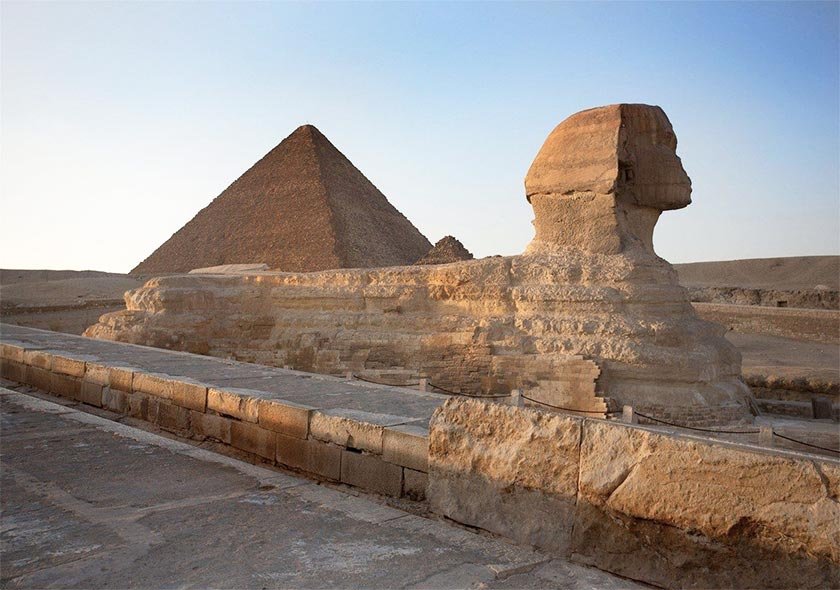
The Giza Plateau is home to three main pyramids:
- The Great Pyramid of Khufu (Cheops): This is the largest of the three and the only surviving wonder of the ancient world. It stands at 146 meters (481 feet) tall and was originally covered in smooth white limestone.
- The Pyramid of Khafre: Slightly smaller than the Great Pyramid, it appears taller due to its elevated position. It’s best known for retaining a small cap of limestone at the top, which is visible in photographs.
- The Pyramid of Menkaure: The smallest of the three, this pyramid measures about 65 meters (213 feet) in height.
After touring the pyramids, don't miss the chance to visit the Great Sphinx of Giza, a monumental limestone statue with the body of a lion and the head of a Pharaoh, believed to represent King Khafre.
Find the best hotel deals for your next trip—compare prices from top sites and book your perfect stay all in one place!
6. Optional Activities and Experiences
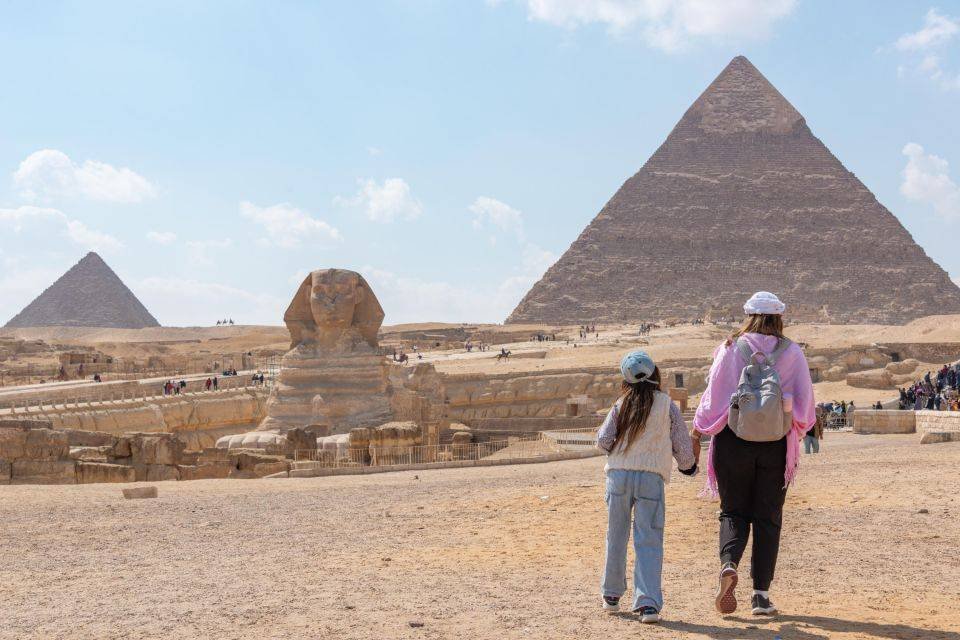
- Camel and Horseback Rides: A popular activity at the Pyramids is taking a camel or horse ride around the plateau. These tours provide a unique perspective of the pyramids, especially at sunrise or sunset. Be sure to negotiate prices before agreeing to a ride.
- Sound and Light Show: For a magical experience, consider attending the Sound and Light Show, which takes place in the evening. The show tells the history of the Pyramids and the Sphinx through narration and a colorful light display.
- Photography: The Pyramids of Giza offer some of the best photography opportunities in the world. Be sure to bring a good camera and capture the majestic structures from different angles. The Sphinx and the pyramids together make for a breathtaking shot.
Find the best hotel deals for your next trip—compare prices across top travel sites and book your ideal stay instantly on [travelbloger.net]!
7. Guided Tours vs. Self-Guided Exploration
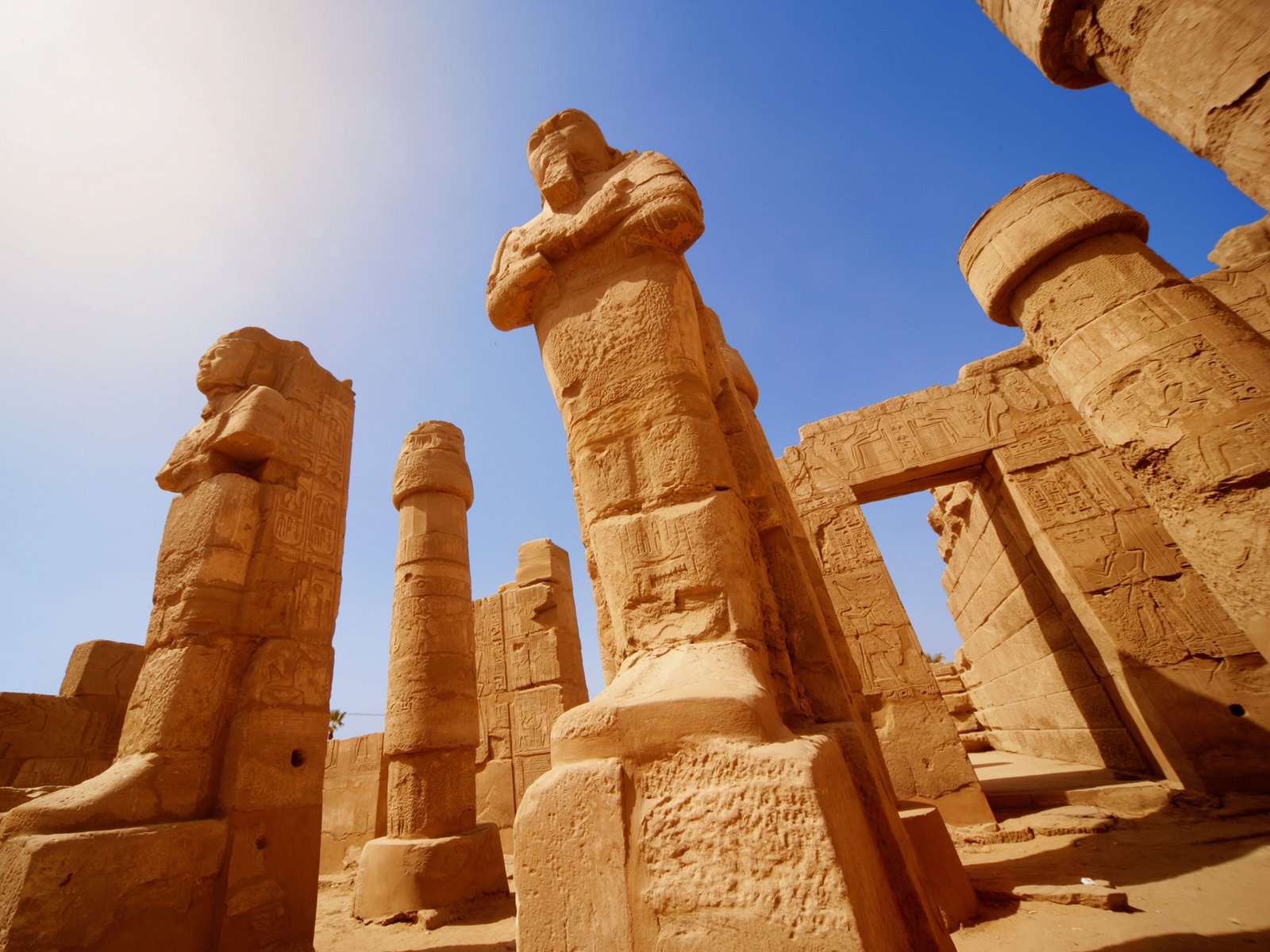
While it’s possible to explore the Pyramids of Giza on your own, a guided tour can enhance your experience. Professional guides are available at the entrance and can offer valuable insights into the history, construction, and significance of these incredible structures.
For a self-guided tour, you can use mobile apps or audio guides, which are often available for download before your visit.
Looking for budget-friendly flights or all-in-one travel packages? Check out our top picks and start planning your perfect getaway today!
8. Respecting the Site and Local Customs
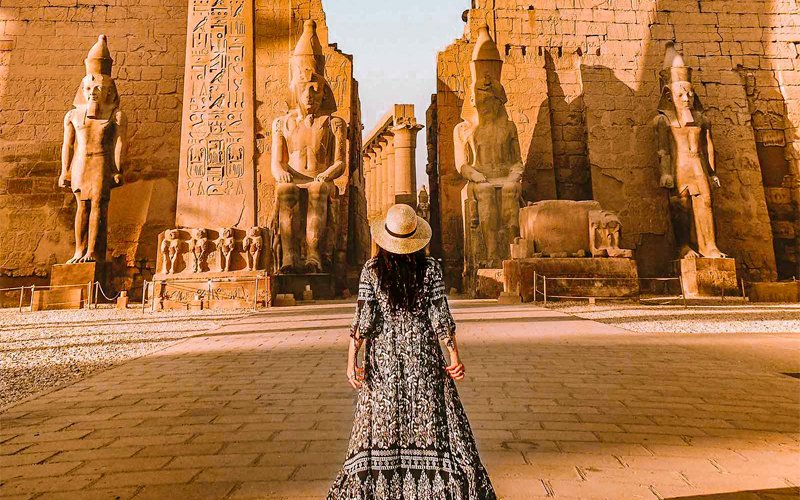
The Pyramids and the Sphinx are not only incredible historical landmarks but also sacred cultural symbols. It's important to treat the site with respect:
- No climbing on the pyramids: While it might seem tempting, climbing the pyramids is illegal and dangerous.
- Dress modestly: Egyptian culture is conservative, so be mindful of your attire.
- Respect local customs: Be polite and considerate to both locals and fellow travelers. Bargaining for souvenirs is common in Egypt, but always keep it friendly.
9. Safety Tips
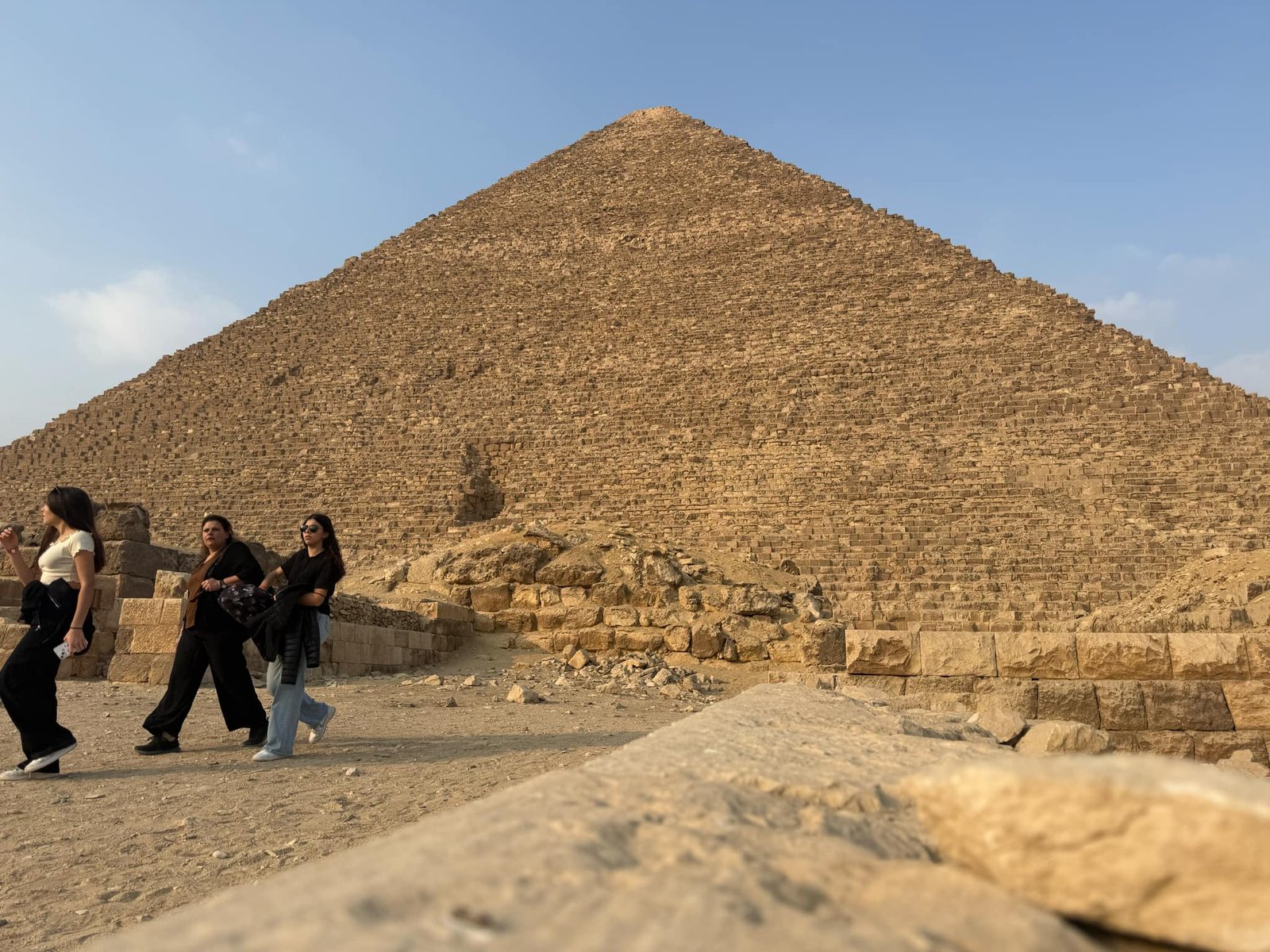
Egypt is generally safe for tourists, but it’s wise to take some precautions:
- Stay in tourist areas: Stick to well-known areas like the Pyramids and the Sphinx, and avoid wandering into less populated regions.
- Stay hydrated and protect yourself from the sun.
- Be cautious with your belongings: Petty theft can occur in crowded areas, so keep an eye on your belongings and avoid carrying large sums of money or valuables.
10. Other Nearby Attractions
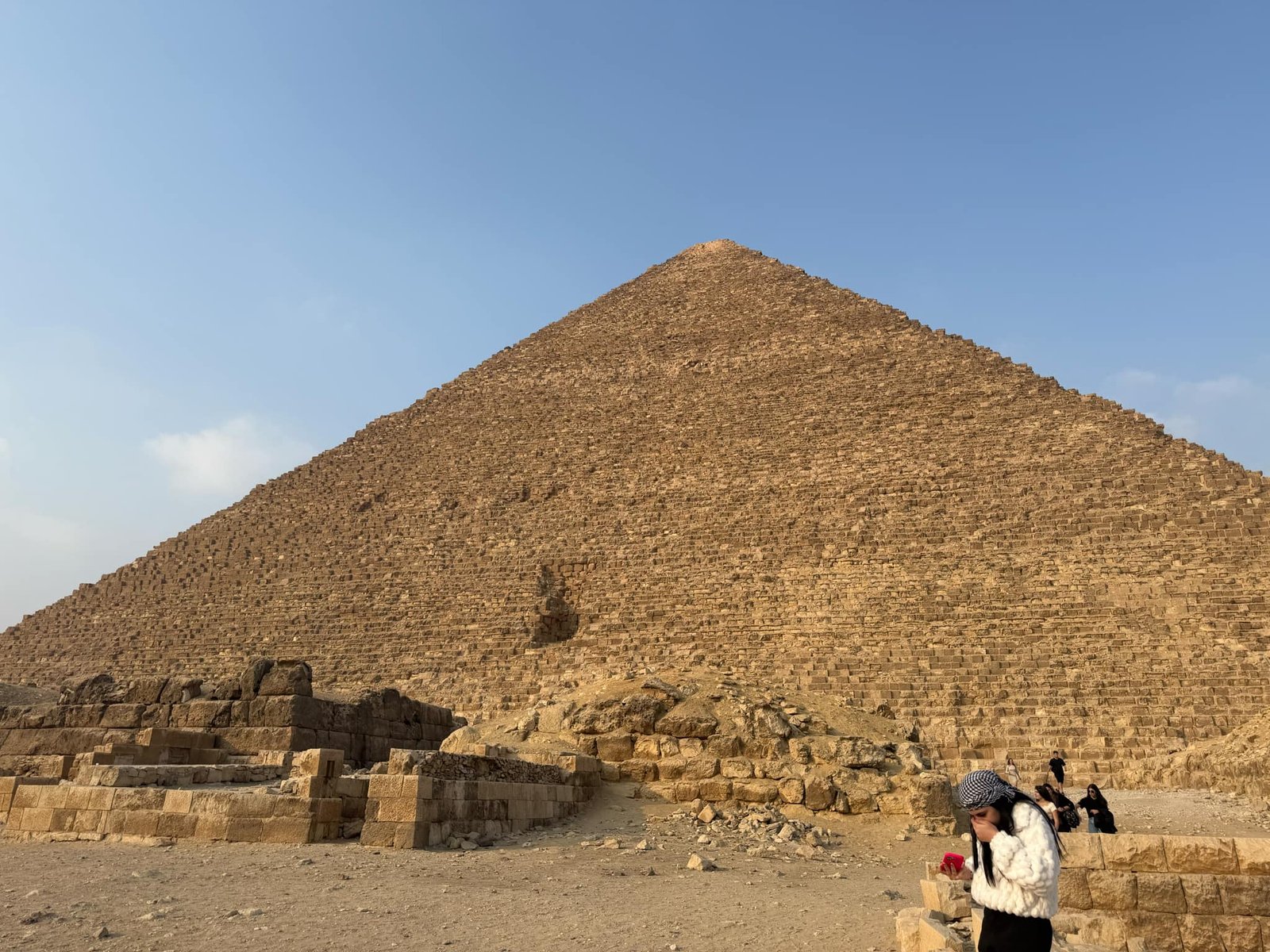
If you have time, consider visiting some of the nearby attractions:
- The Egyptian Museum in Cairo: Home to thousands of artifacts from ancient Egypt, including the treasures of Tutankhamun.
- The Solar Boat Museum: Located near the Great Pyramid, this museum displays an ancient boat used for the Pharaoh’s journey into the afterlife.
**Conclusion: How to Visit the Pyramids of Giza & the Sphinx in Egypt**
Visiting the Pyramids of Giza and the Great Sphinx is an unforgettable experience, offering a rare opportunity to walk in the footsteps of ancient Egyptian civilization. With their grandeur and mystery, these ancient monuments continue to awe and inspire visitors from around the world. By planning your trip carefully—choosing the best time to visit, understanding the entry fees, dressing appropriately, and respecting local customs—you can make the most out of your visit.
Whether you're exploring the pyramids at your own pace or opting for a guided tour, the key is to immerse yourself in the rich history and culture of this iconic site. By following this comprehensive guide, you’ll not only gain insight into the world of the Pharaohs but also ensure that your visit to the Pyramids of Giza and the Sphinx is a smooth, enriching, and safe experience. Don’t forget to take a moment to marvel at the incredible legacy left by the ancient Egyptians, and capture memories that will last a lifetime.
Happy travels, and enjoy your journey through one of the most awe-inspiring sites on Earth!

